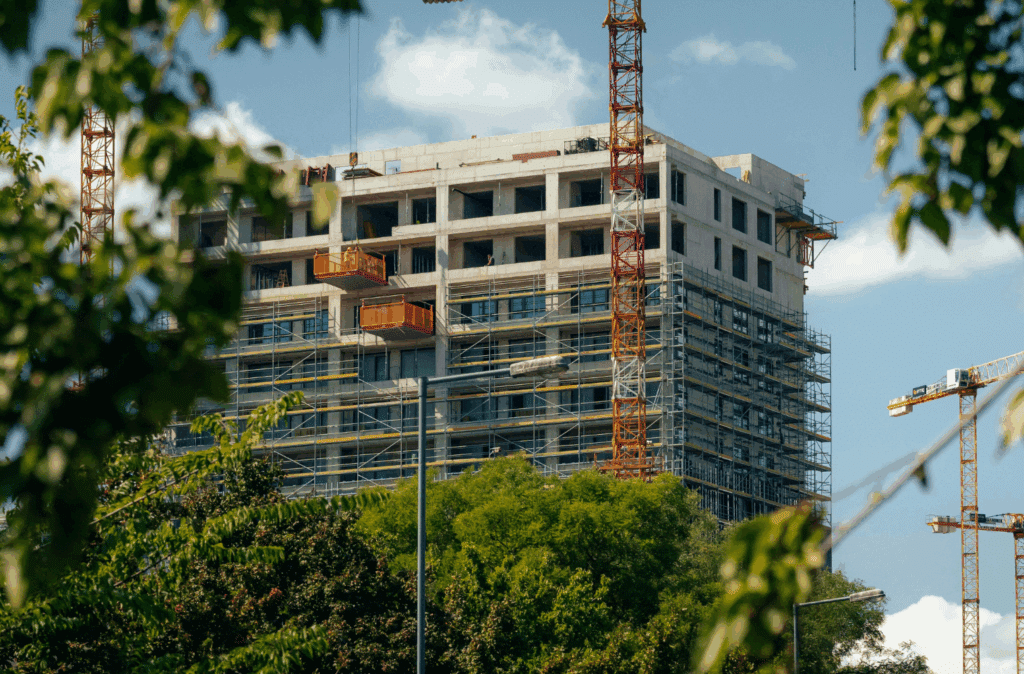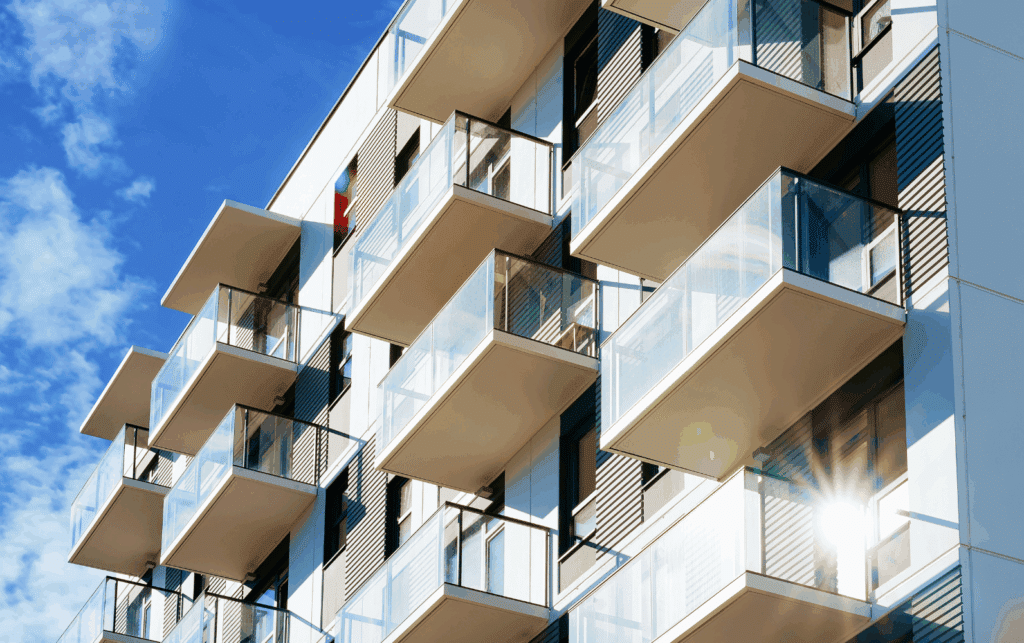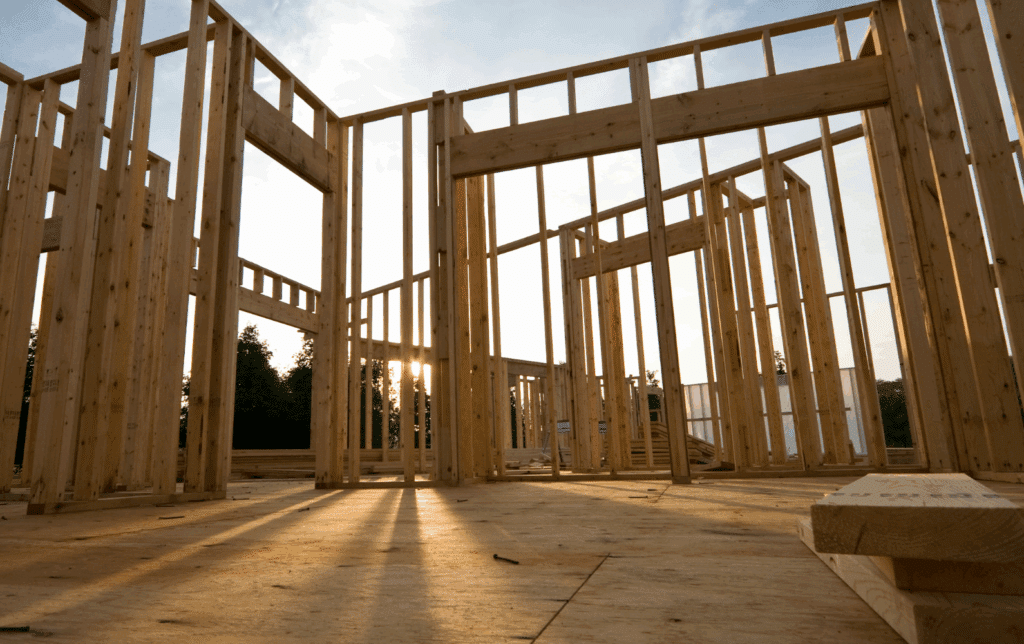Budget 2025: Progress and gaps
CAGBC assesses how Carney’s new investments support green buildings and climate competitiveness
The Canada Green Building Council (CAGBC) views Budget 2025 as an important move toward connecting economic growth with climate initiatives. Amid a year marked by critical issues such as housing, affordability, and competitiveness, the budget indicates a rising acknowledgment that decarbonizing Canada’s building sector is both essential for climate goals and beneficial for the economy. Nonetheless, it does not fully provide the specific sustainability support required for housing investments.
Several measures announced address key recommendations outlined in the CAGBC’s pre-budget submission, as well as two recent reports focused on commercial and residential buildings. This alignment signals encouraging momentum toward a more coherent national approach to green building policy—one that leverages the construction and retrofit materials and technology as a platform for climate competitiveness.

Sustainable finance and green taxonomy
Budget 2025 confirms the development of a made-in-Canada Green and Transition Taxonomy, alongside climate-aligned disclosure rules and a forthcoming Sustainable Bond Framework. These steps provide greater clarity for investors and lenders, helping to de-risk capital allocation for low-carbon assets.
Together, these actions represent a significant step in CAGBC’s ongoing advocacy, along with other sector leaders, to promote investments in decarbonization and improve the valuation of low-carbon buildings in real estate markets. By defining what qualifies as green or transitional, Canada is laying the groundwork for developing the financial infrastructure necessary to foster a low-carbon, competitive economy.
However, realizing the full potential of this framework will depend on access to consistent, standardized whole-building energy data, a foundational gap that Budget 2025 leaves unaddressed. Without this data, Canada cannot reliably benchmark performance, validate emissions reductions, or underpin a credible taxonomy for the building sector.
Financing and infrastructure capacity
Budget 2025 increases the Canada Infrastructure Bank (CIB)’s capitalization from $35 billion to $45 billion. CAGBC urges the government and the CIB to allocate part of the new funding to expand access to long-term, low-cost financing for energy-efficient and climate-resilient infrastructure. This would directly support the scaling of stable, fixed-rate financing options for low-carbon retrofits and construction.
The new $6 billion Direct Delivery Stream within the Build Communities Strong Fund, with its focus on retrofits, adaptation, and community infrastructure, offers an additional lever to scale retrofit activity. Successfully deploying these funds will be critical to unlocking emissions reductions in Canada’s legacy building stock.
Residential buildings and housing
As clearly demonstrated in CAGBC’s report, Two Million Green Homes, scaling housing supply must go hand-in-hand with sustainability. And Budget 2025 does introduce an initial target—a 20 percent reduction in construction emissions under the Build Canada Homes (BCH) program—which is a positive step. However, although Build Canada Homes was initially announced with a $13 billion budget, only $7.2 billion was formally allocated to the program in Budget 2025. CAGBC encourages the government to restore and expand this funding to $11.5 billion, to ensure the program can deliver on its ambitious objectives.
BCH also stops short of addressing operational performance, which ultimately determines long-term affordability, resilience, and emissions. CAGBC has consistently called for performance targets, based on Energy Use Intensity (EUI), Thermal Energy Demand Intensity (TEDI), and Greenhouse Gas Intensity (GHGI). These metrics provide clarity for developers and government, and minimize the risk of “paying twice”: once to build quickly to minimum standards, and again to retrofit for performance later. Future federal housing programs should fully integrate operational performance to maximize return on investment and climate impact.
Climate competitiveness strategy
The inclusion of a Climate Competitiveness Strategy—and its focus on ‘carbon value for money’—reinforces the idea that emissions reduction is not a cost centre, but a driver of innovation and economic return. This framing aligns closely with CAGBC’s work to advance business models and strategies that reflect the full benefits of investments in low carbon buildings.
The strategy doesn’t directly address buildings, which is disappointing given that the building sector remains one of the most cost-effective areas for emissions reduction. However, other measures such as sustainable finance, clean electricity, technology tax credits, and industrial carbon pricing will help decarbonize the built environment.

- Residential retrofits increase energy efficiency and cut emissions while reducing utility bills for occupants. This is important since an estimated 20% of Canadians already live in energy poverty.
- Major energy retrofits of commercial and institutional buildings typically yield 15–40% energy savings, slashing GHG emissions and operating costs—making them among the highest return emissions interventions available as noted by Natural Resources Canada.
CAGBC will monitor and engage policy-makers on when and how the government will provide precise implementation details.
Federal leadership on buildings
CAGBC welcomes the Department of National Defence’s use of energy performance contracts to retrofit its building portfolio. This approach ties emissions reductions directly to financial savings and exemplifies practical federal leadership. However, relying primarily on short-term performance contracts risks limiting progress and locking in outdated building systems for another decade or more, delivering neither real emissions reductions nor financial value to DND or Canadian taxpayers. Considering the significant increases to defence spending in Budget 2025, these investments should also extend to deep retrofits that modernize DND’s facilities and reduce their long-term operating costs. In addition, the sustainability implications of Public Services and Procurement Canada’s cost-cutting measures remain unclear. When public buildings undergo modernization, performance and climate resilience must remain central to asset management strategies
The path ahead
Budget 2025 reflects meaningful progress on several of the priorities outlined in CAGBC’s recent reports and advocacy efforts. It introduces or confirms critical tools—sustainable finance frameworks, tax incentives, and public retrofit funding—that begin to address both the market barriers and financial risks associated with decarbonizing the built environment.

Yet important gaps remain. Operational performance standards for new housing and preferential financing for sustainable buildings are still needed to fully realize Canada’s climate and affordability ambitions.
CAGBC will continue to work closely with government, industry, and financial institutions to bridge these gaps. As a trusted partner to both public and private sectors, we provide the insight, technical guidance, and market frameworks needed to translate climate policy into business solutions and competitive advantage. By aligning investment, innovation, and performance, Canada’s green building sector can anchor the country’s long-term climate resilience and economic competitiveness—now and for generations to come.
